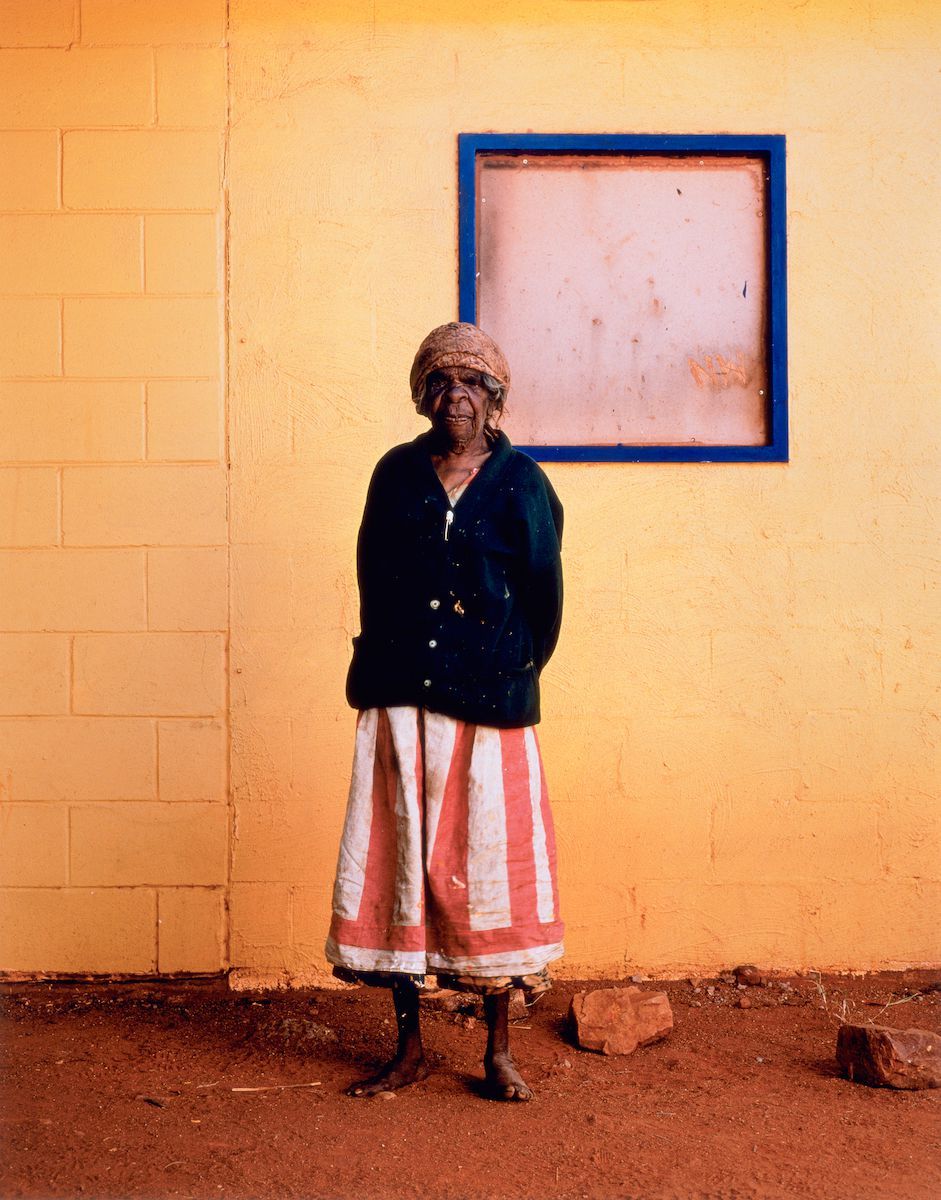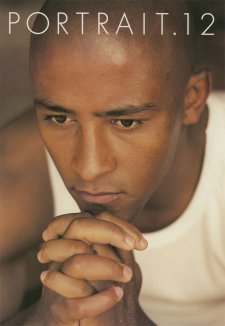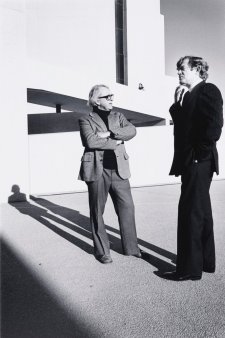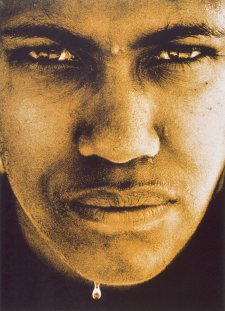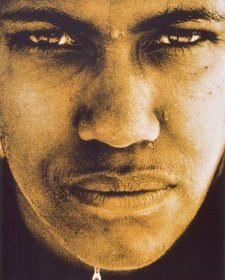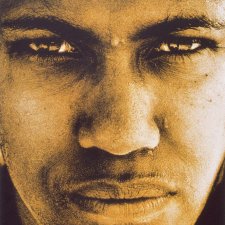In the winter of 2001, I was on an art project with ten artists travelling in the Central Australian desert. Starting from William Creek (from whence the book William Creek and Beyond takes its name) we travelled and camped at several locations including the outskirts of Kintore, where the Papunya Tula artists live and work.
When we first visited the Papunya artists I was slightly uncomfortable; it felt voyeuristic and a bit touristy. Some from our group tried to be helpful, priming canvases and starting a fire on that cold morning. I first noticed Makinti Napanangka when she commented that we had started a "white fella's fire". We used too much wood. This admonishment was well deserved as the desert ecology does not support any extravagant use of wood. Makinti sat on a blanket on the ground and painted, occasionally chasing away an errant dog. I had seen and admired Makinti's paintings before and felt honoured to meet her - even more so to see her paint. However, she was quite the opposite of loquacious. Conversation with her was difficult and sparse and through an interpreter. But I very much wanted to do a photographic portrait of her.
The kind of portraiture I like involves a quality of transparency: transparency between the subject and the artist or the photographer. A moving and convincing portrait for me is one where the subject is simply allowed to reveal him or her self. Where the artist is able to elicit the subject's sense of self-awareness and individual living consciousness. Where the subject is allowed to project this without the imposition of any superfluous 'creativity' (or, more often, cleverness) by the artist.
Walking around in Kintore, I found a wall with a boarded-up window on a building nearby that was painted in the palette that Makinti uses. I thought that the square window with the angular concrete building blocks and the red earth would form an excellent foil for a portrait of Makinti. I asked if she would allow me to photograph her. She did not reply immediately. In fact, she ignored my request altogether, but gave me a few inquiring looks while she painted, presumably to check me out. After a few hours - and after I thought she had dismissed my request - she indicated to me that I could take her photograph. I walked with her to the wall I had found earlier and photographed her there. She had a sure sense of the occasion of her portrait being photographed and held a very knowing and quiet gaze. The communication between Makinti and me was almost entirely non-verbal. I think it helped achieve the transparency that I look for in a portrait.
